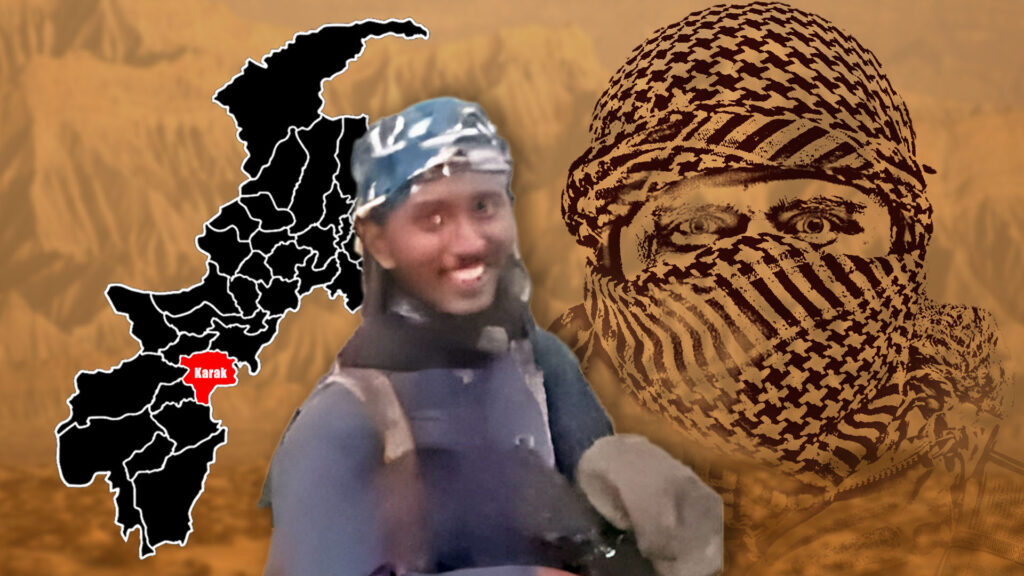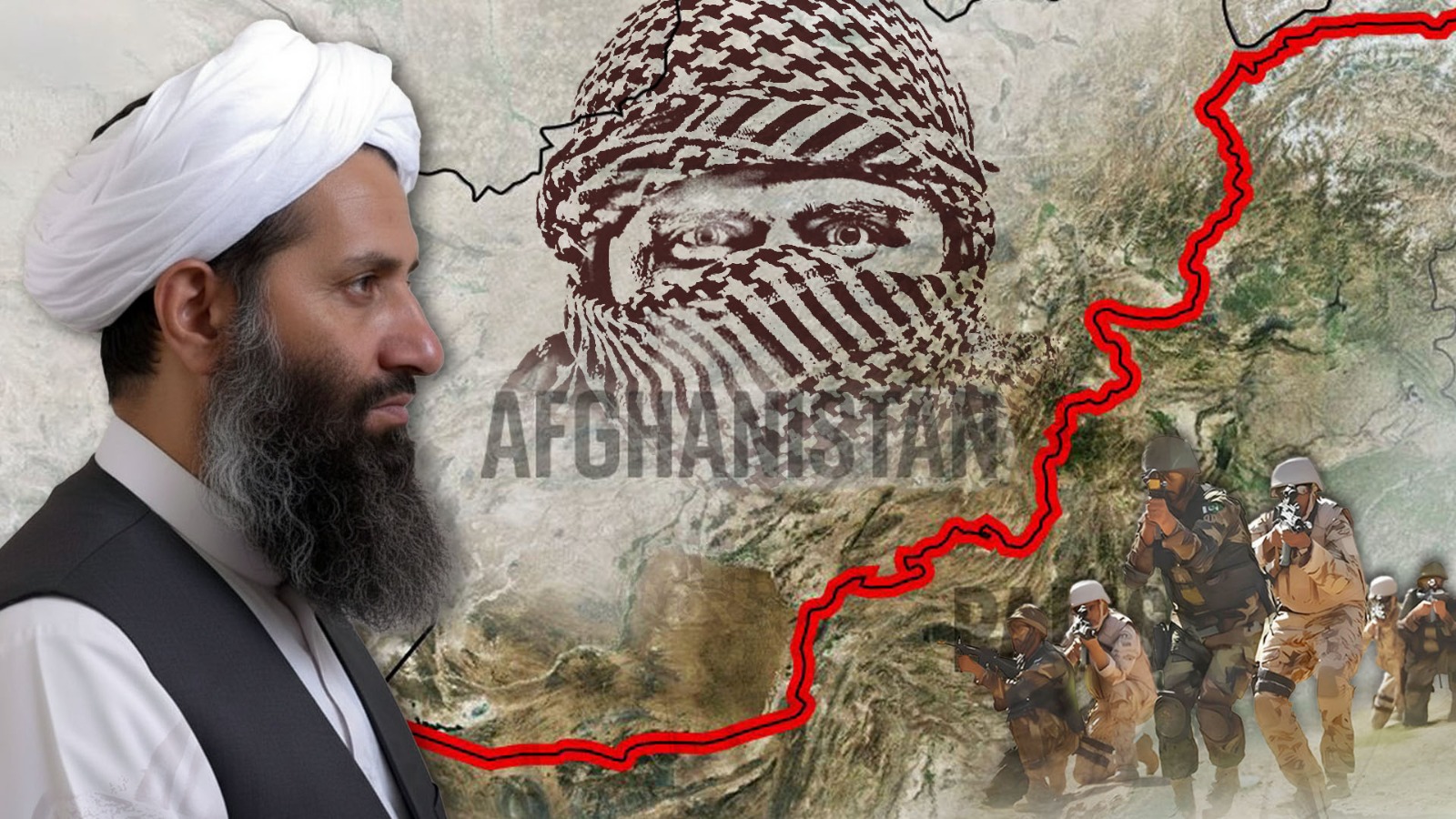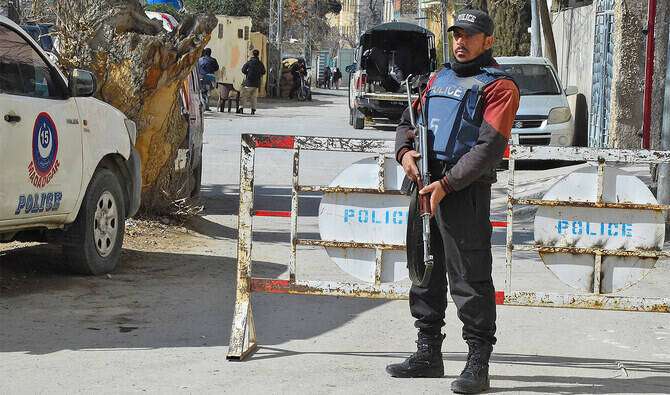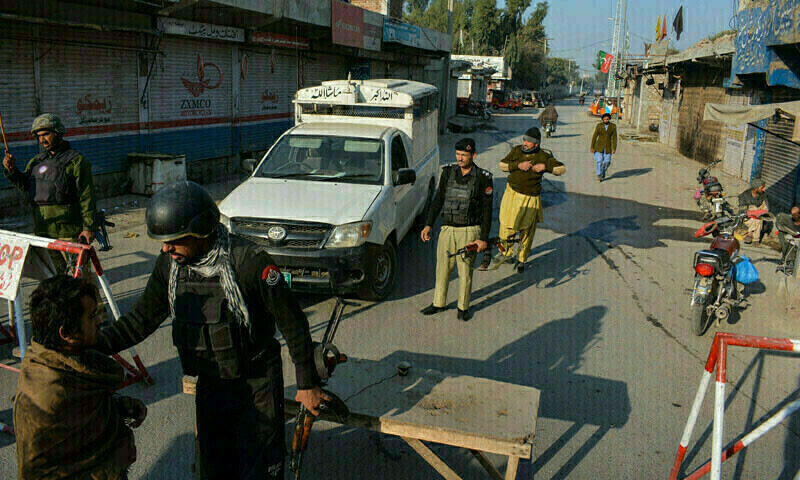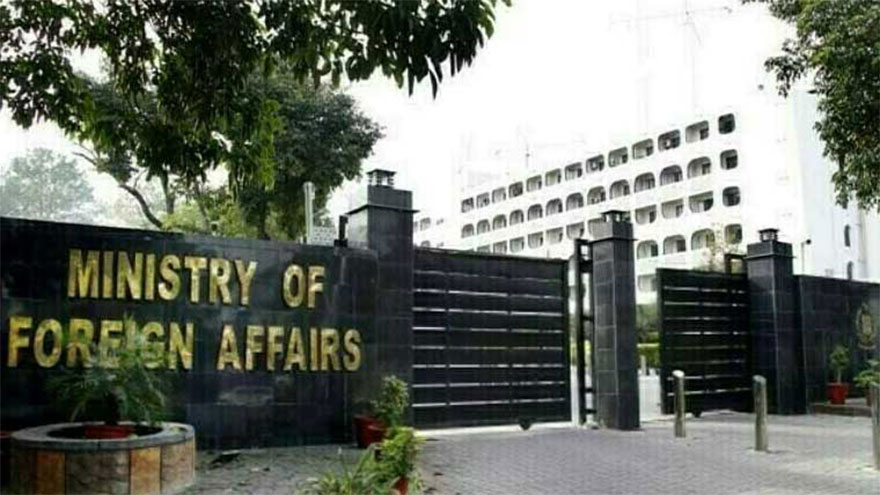The counter terrorism operation in Karak on September 28 that neutralised 17 militants has, on its face, the familiar contours of a tactical success: security forces, Army units, the SSG and the CTD encircled militants in difficult terrain, fought fierce exchanges and eliminated a dangerous local cell. But among the items recovered from one of the dead was an unsettling reminder that the threat is no longer purely domestic: Bangladeshi identity documents, currency and personal effects. That discovery, coupled with corroborating reporting and militant chatter, points to a far more worrying phenomenon, the re emergence of a cross border jihadist pipeline that bears the imprint of Al Qaeda’s old South Asian playbook.
Officials publicly confirmed the recovery of a Bangladeshi national ID card and currency at the Shah Salim police station encounter in Darshakhel, Karak. Security sources note this is not an isolated occurrence; in prior clashes between the Lakki Marwat and Karak districts, two to three Bangladeshi nationals were also reported killed after travelling to Afghanistan under the pretext of religious preaching and then joining militant ranks.
Journalist Iftikhar Firdous, founder and executive director at The Khorasan Diary, writing on X, reported that the dead militant had been identified as Saad Al-Muhajir, “Muhajir” being a qualifier for his migration from Bangladesh. He was referred to in intercepted conversations as an “Istishadi” (a potential suicide attacker) linked to Al Qaeda-affiliated groups. Firdous also noted that the fighter allegedly spent 300,000 to reach the operational zone, though the currency and location were not specified.
Interestingly, the figure of 300,000 appears in two distinct but related contexts. According to a June 2024 report in Eurasia Review, Jamatul Ansar Fil Hindal Sharqiya (JAFHS) entered into a formal agreement with the Kuki Chin National Front (KCNF), under which it paid Taka 300,000 per month for training and housing of its cadres between 2021 and 2023. While one relates to individual expenditure and the other to institutional financing, the recurrence of the same figure highlights the scale of resources being mobilised both personally and organisationally for militant activity in the region.
Taken together, the recovered documents, earlier cases of foreign fighters, militant chatter, and financial trails, the evidence points to deliberate recruitment and movement of Bangladeshi nationals into Pakistan’s conflict theatres.
To understand how this is possible, we must follow the organizational breadcrumbs. Jamatul Ansar Fil Hindal Sharqiya (JAFHS), a proscribed Bangladesh-based group formed in 2017 from splinters of Ansar Al Islam, Neo-Jama’atul Mujahideen Bangladesh (Neo-JMB), and the Bangladesh chapter of the Pakistan-based Harkat-ul-Jihad-al Islami (HuJI-B) has emerged repeatedly in recent inquiries. Described by Bangladeshi authorities as Al Qaeda inspired and linked ideologically and operationally to Al Qaeda in the Indian Subcontinent (AQIS), JAFHS has built training, recruitment and financing networks that extend across borders. The group openly seeks to establish a self-styled caliphate in Bangladesh and has expressed ambitions to extend its activities into India, Pakistan and Myanmar through armed struggle and attacks on key targets. It adheres to the eschatological narrative of “Ghazwatul Hind” (the Great Battle of India), framing its mission as part of the foretold conquest of India’s eastern regions.
JAFHS’s operational model maps neatly onto the Karak discovery. The group organized militant training in the Bandarban hills with the separatist Kuki Chin National Front (KCNF), a partnership formalized by contract and supported through steady monthly payments. Recruits received weapons and IED training, some were transported across borders for further radicalisation, and financial records traced money transfers and logistical support. CTTC and RAB operations in Bangladesh have seized caches of foreign pistols, explosives components, and training videos. According to security sources, these militants cross the border into Afghanistan and then join local militant groups to carry out attacks in the region.
This anatomy explains how a Bangladeshi could plausibly end up as an “Istishadi” in Khyber Pakhtunkhwa. BUT why does this matter beyond Karak? First, it signals that the jihadist threat in South Asia is once again transnational. The era when extremist activity could be framed as a purely domestic problem is over. The same networks now connect recruiters in Dhaka, trainers in Bandarban, financiers in Gulf states, and militant handlers in Pakistan’s tribal areas. Second, the integration of Bangladeshi fighters into TTP cells could heighten both lethality and resolve; foreign volunteers, particularly those prepared to die as “Istishadi”, bring different levels of commitment and operational calculus. Third, the revival of Al Qaeda’s apprenticeship model, ideological indoctrination, training with allies, cross-border movement, and targeted deployment is precisely how large, resilient networks were built in the 2000s.
The Karak operation should not be misread as a self-contained victory, nor as reassurance that the foreign fighter problem is waning. Instead, it must serve as an alarm bell: the regional jihadist ecosystem is regenerating, drawing in recruits from unexpected pools and knitting them into familiar militant fabrics. Recognising the Al Qaeda-linked fingerprints in Karak is the first step; acting collectively on that knowledge is the only way to prevent the next, deadlier wave.

